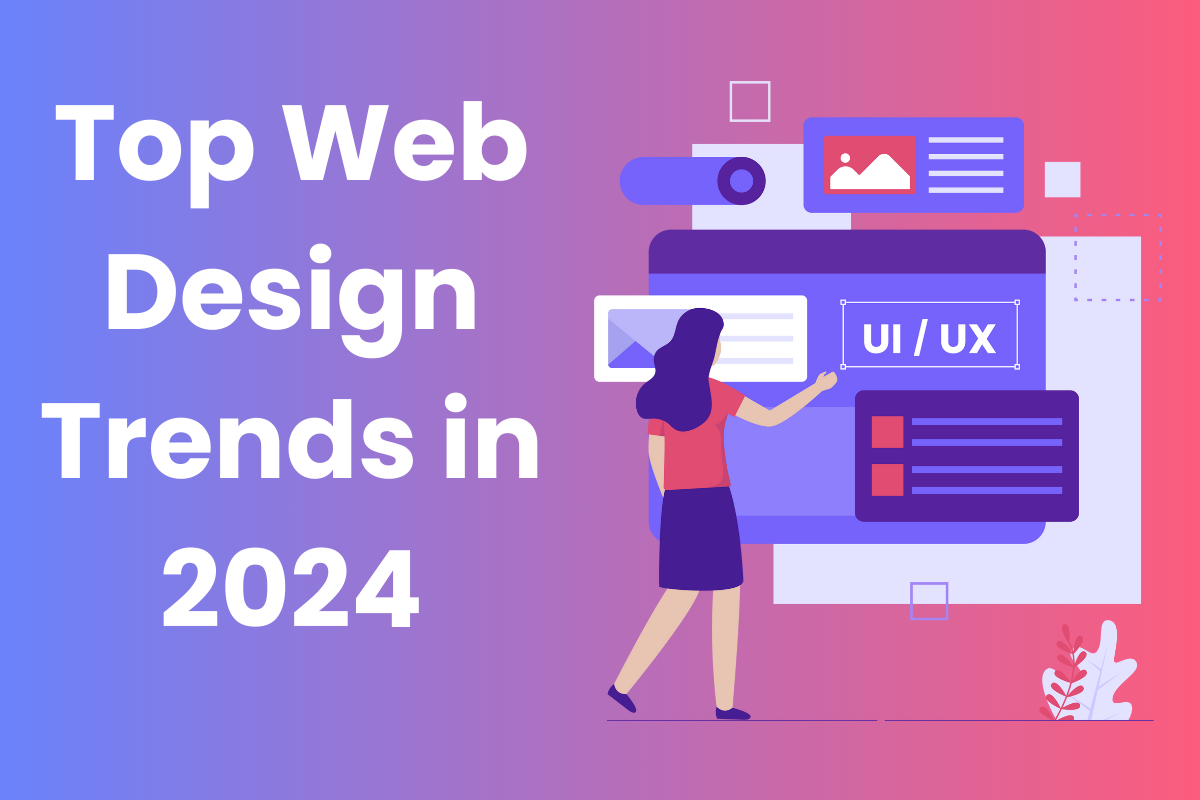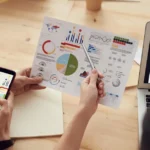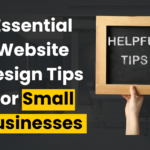Web design is more than just pretty layouts and colors; it’s a powerful tool for engaging your audience, boosting conversions, and building trust. In 2024, website design is all about user experience, aesthetics, and adapting to new technologies. So, whether you’re starting a new business website or updating your current one, here’s everything you need to know about the hottest web design trends that can help you stand out and succeed.
1. Minimalist Design: Less is Definitely More
Gone are the days of cluttered websites with too much information on one page. Minimalist design is about removing the unnecessary and focusing on what matters most. Think of clean layouts, white space, and simple, yet impactful, visuals.
Why Minimalism Works
Minimalist designs load faster, reduce distractions, and make it easier for users to find what they’re looking for. With fewer elements, your website will also look more professional and polished, which builds trust with your audience. Plus, search engines like fast-loading pages, so it’s a win-win.
Key Tips for Minimalist Design:
- Use ample white space to improve readability.
- Prioritize only essential elements on each page.
- Limit your color palette to 2-3 main colors.
2. Dark Mode: Easy on the Eyes, Better for Engagement
Dark mode is not just trendy; it’s functional. Many people prefer browsing in low-light conditions, and dark mode can be easier on the eyes, especially at night. By offering a dark mode option, you give users control over their browsing experience, which can keep them on your site longer.
Benefits of Dark Mode:
- Improves battery life on mobile devices.
- Reduces eye strain in low-light settings.
- Creates a modern, sleek look that appeals to younger audiences.
How to Implement Dark Mode:
Consider offering a toggle switch for light and dark mode. This allows users to choose what works best for them and enhances user experience (UX).
3. Micro-Interactions: Enhancing Engagement with Small Details
Micro-interactions are small, subtle animations that occur in response to a user’s action, like a button that changes color when clicked or a notification that gently appears and fades. While these may seem minor, they create a more interactive experience and make your website feel more alive and engaging.
Why Micro-Interactions Matter:
Micro-interactions give feedback to users, making it clear that their action had an effect. They can also guide users through a process, making it more intuitive. For instance, when a user submits a form, a small animation confirming submission can make the experience feel smoother.
Examples of Effective Micro-Interactions:
- Animated loading indicators to show progress.
- Button animations when clicked.
- Hover effects on images or icons to signify interactivity.
4. AI-Powered Personalization: Tailoring the Experience to Each User
AI in web design allows websites to adjust content based on user behavior and preferences. Imagine a website that displays different products based on a visitor’s previous actions or tailors content for a returning user. Personalization creates a unique experience that feels tailor-made for each visitor, which can significantly boost conversions and engagement.
How AI-Powered Personalization Works:
AI algorithms analyze user data, such as browsing history and interactions, to customize content. For example, an online store can show recommended products based on what the user viewed or purchased previously.
Getting Started with AI Personalization:
- Use recommendation widgets that adjust based on user actions.
- Tailor content blocks (like blog posts or product categories) to align with user interests.
- Implement chatbots that can answer user questions instantly and learn from each interaction.
5. Voice Search Optimization: Preparing for the Rise of Voice-Activated Browsing
With more people using voice assistants like Siri, Alexa, and Google Assistant, optimizing for voice search is crucial. Voice search tends to be more conversational and question-based, so structuring your content with natural language can help you rank better and reach a wider audience.
Tips for Voice Search Optimization:
- Include long-tail keywords and natural-sounding phrases in your content.
- Structure content to answer common questions (e.g., FAQ sections).
- Use schema markup to make it easier for search engines to understand your content.
Example:
If you own a bakery, include phrases like “Where can I find the best cupcakes?” or “What are the ingredients in a classic chocolate cake?”
6. Mobile-First Design: Putting Mobile Users at the Forefront
With mobile usage surpassing desktop browsing, having a mobile-first website is a must. This approach means designing for smaller screens first and then scaling up for desktops. A mobile-friendly design will ensure your site looks and functions well on any device, which is essential for SEO and user satisfaction.
Key Elements of Mobile-First Design:
- Responsive Layouts: Your site should adapt seamlessly to different screen sizes.
- Simplified Navigation: Keep menus concise and easy to tap on mobile.
- Fast Load Times: Compress images and use minimalistic elements to speed up your site.
7. Sustainable Web Design: Reducing Digital Carbon Footprint
Sustainable web design is a relatively new trend but is gaining traction. It’s about designing websites that use fewer resources, which helps reduce your digital carbon footprint. This involves efficient coding, optimized images, and fast-loading pages. With environmental consciousness on the rise, embracing sustainable practices can appeal to eco-friendly consumers.
How to Practice Sustainable Web Design:
- Optimize images and videos to reduce data usage.
- Minimize the use of heavy animations.
- Consider green hosting solutions that use renewable energy.
8. Bold Typography: Making a Statement with Fonts
Typography is no longer just a basic design element. Today, bold fonts are being used to create visual interest and convey brand personality. Typography can even act as a focal point, drawing attention to important sections of your website without cluttering it with images or animations.
Using Bold Typography Effectively:
- Choose one or two statement fonts that align with your brand.
- Use bold fonts sparingly, like for headers or call-to-action buttons.
- Ensure readability by balancing bold typography with enough whitespace.
9. Interactive Content: Encouraging User Engagement
Interactive content, like quizzes, polls, and calculators, engages visitors and keeps them on your site longer. This type of content is memorable and shareable, which can increase your reach organically.
Ideas for Interactive Content:
- Quizzes: Test knowledge or recommend products based on answers.
- Polls: Collect feedback and insights from users.
- Calculators: Provide value by helping users calculate prices, ROI, etc.
Final Thoughts
Staying updated with web design trends is key to creating a website that feels modern, user-friendly, and optimized for success. Each of these trends can make a real difference in user engagement, site performance, and even your search engine rankings. Remember, the best design isn’t just about looks; it’s about functionality, accessibility, and providing value to your visitors.
Whether you implement one trend or all of them, start with what resonates most with your brand and audience. A website that combines aesthetics with user experience can drive conversions, build trust, and help you stand out in a competitive online space.
Stay ahead of the curve, and your website will be a tool that works for your business—not just a digital placeholder.









